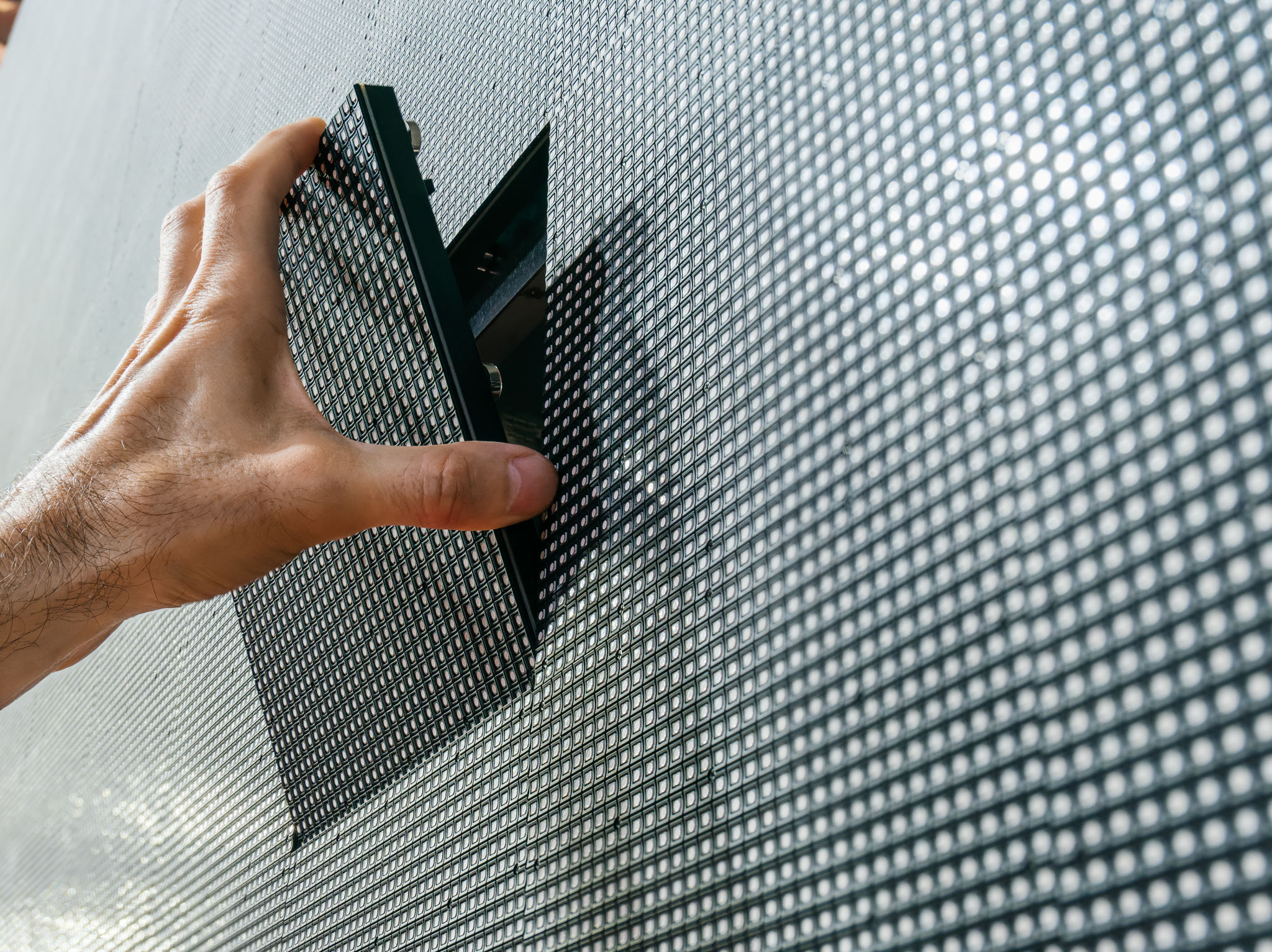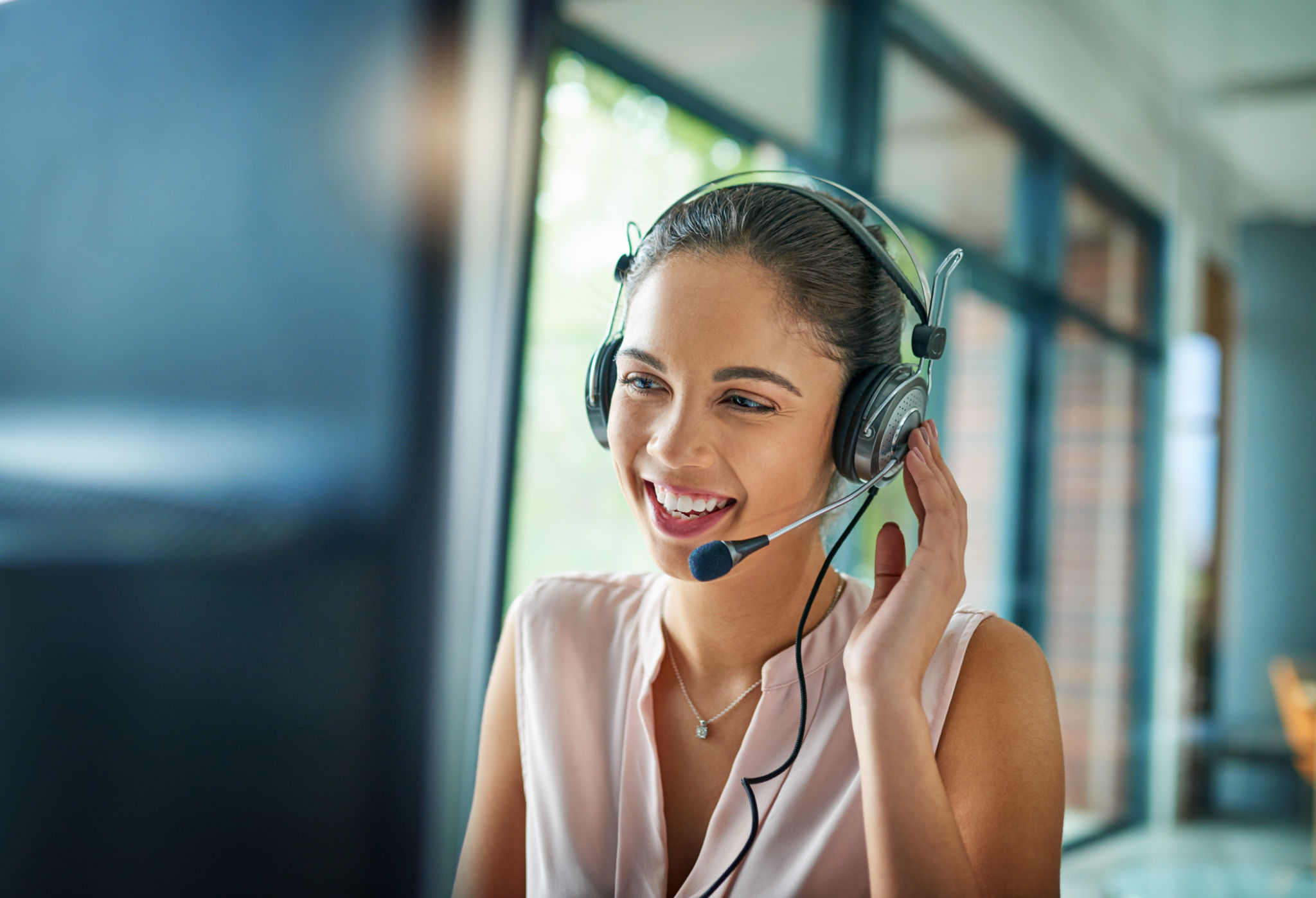DIY Maintenance Tips for Your LED Video Wall to Ensure Longevity
TA
Understanding the Basics of LED Video Wall Maintenance
LED video walls have become a popular choice for businesses and organizations looking to create dynamic visual displays. To keep your LED video wall in optimal condition, regular maintenance is essential. Proper maintenance not only ensures the longevity of your investment but also maintains the quality and brightness of your display.
Before diving into maintenance tasks, it's important to understand the basic components of your LED video wall. These include LED modules, the power supply, and the controller. Each component plays a crucial role in the overall performance, and understanding their functions can help you troubleshoot potential issues more effectively.

Regular Cleaning Practices
Dirt and dust can accumulate on the surface of your LED video wall, affecting both its appearance and functionality. Regular cleaning is vital to prevent these particles from causing damage. Use a soft, lint-free cloth slightly dampened with a mild cleaning solution to gently wipe the surface.
Avoid using harsh chemicals or abrasive materials that could scratch or damage the LEDs. It's also important to turn off the power supply before cleaning to ensure safety and prevent any electrical mishaps.
Inspecting and Tightening Connections
Loose connections can lead to malfunctioning displays or even complete failure of your LED video wall. Periodically inspect all electrical connections to ensure they are secure. Pay special attention to power cables and data connections, as these are critical for the wall's operation.

If you notice any loose connections, use appropriate tools to tighten them carefully. Be cautious not to overtighten, as this could cause damage to components or connectors. Regularly inspecting these connections can help prevent unexpected downtimes.
Monitoring Temperature and Humidity Levels
LED video walls are sensitive to temperature and humidity changes. Extreme conditions can shorten the lifespan of the LEDs and affect their brightness. It's crucial to monitor the environment where your video wall is installed and ensure it's within the manufacturer's recommended range.
Consider installing temperature and humidity sensors in the room to provide real-time data. If necessary, use climate control systems to maintain optimal conditions, thus ensuring your LED video wall remains in peak condition.

Updating Software and Firmware
Like many electronic devices, LED video walls require periodic software and firmware updates to function optimally. These updates often include bug fixes, performance improvements, and new features that can enhance your display's capabilities.
Check with your LED video wall manufacturer for any available updates, and follow their instructions carefully when applying them. Keeping your software and firmware up-to-date is a proactive way to avoid potential issues and maximize performance.
Scheduling Professional Maintenance
While DIY maintenance is important, scheduling professional maintenance at least once a year can be beneficial. Professionals have the expertise to conduct thorough inspections and address issues that may not be immediately apparent.

They can also provide valuable advice on optimizing your LED video wall's performance and suggest any necessary upgrades. Combining regular DIY maintenance with professional services can significantly extend the lifespan of your LED video wall.
Conclusion
Maintaining an LED video wall doesn't have to be a daunting task. By following these DIY maintenance tips and understanding the importance of regular upkeep, you can ensure that your LED video wall remains vibrant and functional for years to come. Remember, a well-maintained video wall not only saves you money in the long run but also enhances the visual experience for your audience.
